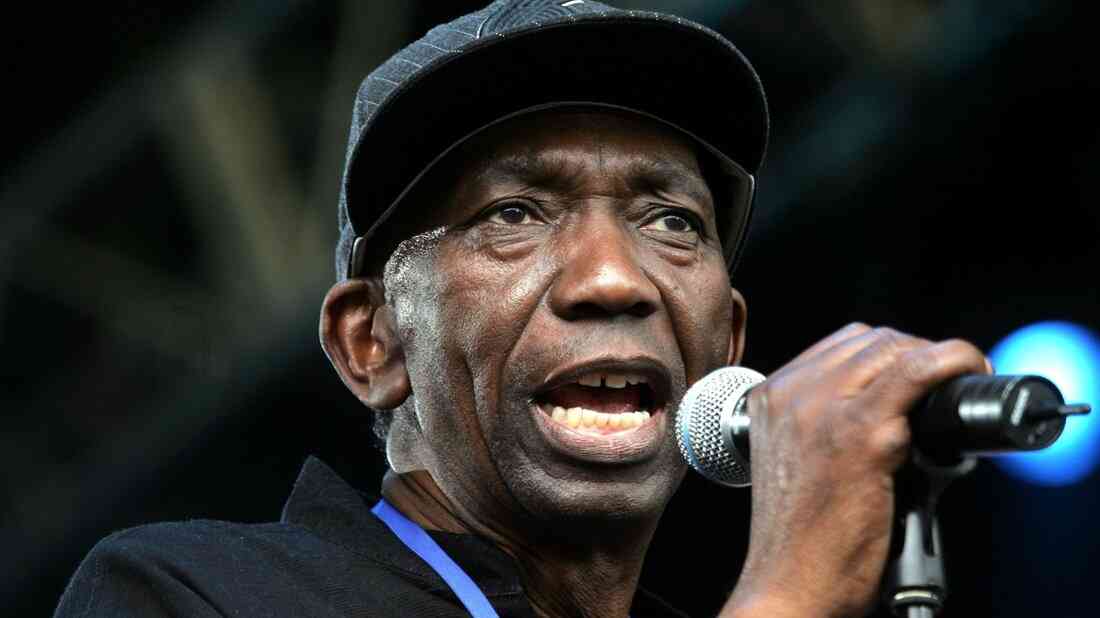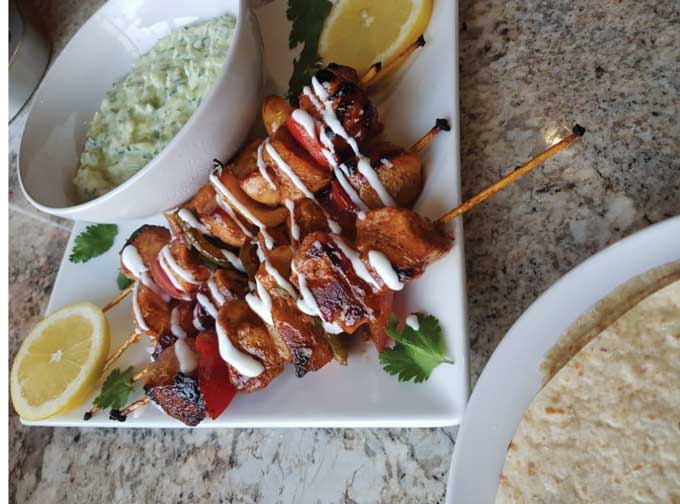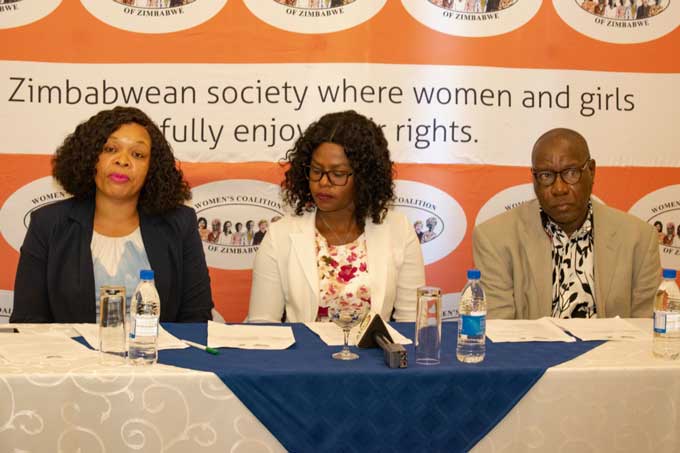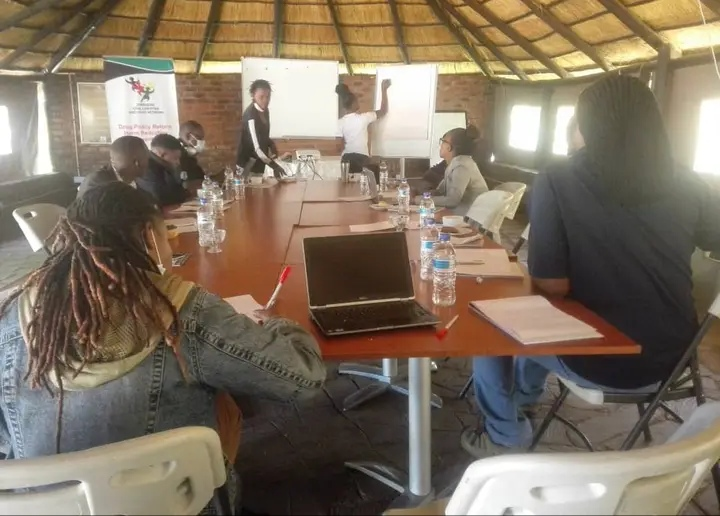
In the silence of worn-out hospitals and neglected lives, artists carry a nation’s heartbeat, but who carries them when they fall?
As Zimbabwe celebrates over four decades of independence, one cannot ignore the sharp contradiction between the promises of liberation and the socio-economic challenges still facing ordinary citizens. Among those deeply affected but often overlooked are the country’s artists.
In a society where access to proper medical care remains a daily struggle for millions, the creative community is no exception.
For years, artists have given their voices, talent, and passion to reflect national identity, preserve culture, and entertain the public.
Yet, when they fall ill or face personal crises, many are met with a broken health system, little institutional support, and widespread neglect.
Zimbabwe’s public health sector is in crisis.
Shortages of basic medical supplies, under-resourced hospitals, and a lack of trained personnel make it extremely difficult for citizens especially those without formal employment to receive adequate care.
Artists — many of whom survive through informal means, are particularly vulnerable in this environment.
- Mavhunga puts DeMbare into Chibuku quarterfinals
- Bulls to charge into Zimbabwe gold stocks
- Ndiraya concerned as goals dry up
- Letters: How solar power is transforming African farms
Keep Reading
In recent years, we have witnessed the quiet suffering of creatives who pass away in the prime of their lives due to preventable illnesses, and unable to access consistent medical attention or financial support.
While the country continues to produce musical talent, groundbreaking theatre, and powerful visual art, the people behind this work often live in precarious conditions.
This is not just a healthcare issue, but it is a development issue.
The creative sector plays a crucial role in shaping public consciousness and national dialogue.
If the voices of our artists are lost to poverty and poor service delivery, we lose more than entertainment; we lose memory, history, and the means to challenge social injustice.
Artists have the capacity to be powerful advocates. They can use their platforms not only to reflect society’s beauty but to confront its failures.
Through music, drama, poetry, and visual storytelling, they can draw attention to poor governance, social inequality, and failing infrastructure.
It is time for the creative industry to take a more active role in holding power to account, pushing for policies that protect the vulnerable including themselves, and promoting a culture of health, dignity, and accountability.
Artists are storytellers and have always played an essential role in voicing the collective concerns of the public.
They possess the power to translate abstract struggles into human experiences that speak to people’s emotions and resonate deeply in their lives.
Take, for example, Zimbabwe’s rich musical legacy artists like Thomas Mapfumo and Oliver Mtukudzi who used their music to critique government policies and societal issues, often pointing out the injustice that many Zimbabweans faced during difficult times.
Today, musicians and other creatives can still fulfill this vital role by spotlighting the lived realities of underfunded hospitals, struggling families, and the severe economic decline impacting the nation.
A musician, for instance, could write a song about the disheartening state of local clinics, where nurses and doctors work tirelessly without basic medical supplies, and patients are forced to pay for medication out of their lean pockets.
The song could paint a vivid picture of the human cost of healthcare neglect, personalising the issue for listeners. A playwright could stage a drama illustrating the plight of a family coping with the loss of a loved one because they couldn’t afford the necessary medical treatment.
By using their art, these creatives can engage the audience emotionally, helping them understand and connect with issues that may otherwise feel abstract or distant.
However, storytelling alone will not be enough to bring about systemic change.
Artists must also engage in coalition-building with others in the creative industry and civil society organizations that are already tackling these pressing issues.
Collaboration across different artistic disciplines like music, theatre, visual art, literature, and with non-governmental organizations can amplify their message and provide a unified front in the fight for better healthcare and social justice.
For instance, a collective of artists could host fundraising events or public campaigns that raise awareness about the struggles facing the healthcare sector.
An exhibition showcasing visual art that highlights the dilapidated state of hospitals or the challenges faced by healthcare workers could attract media attention and ignite important conversations.
A music festival featuring prominent Zimbabwean musicians could be organized in partnership with health advocacy groups to promote public health messages and raise funds for healthcare initiatives.
Beyond advocacy, artists have a unique ability to simplify complex technical health information and translate it into accessible, relatable formats that resonate with everyday Zimbabweans.
Public health campaigns, particularly those that aim to educate people about prevention, vaccination, or hygiene, often struggle to connect with the broader population because they can be laden with medical jargon. But artists can bridge this divide.
A talented musician could compose a catchy tune about the importance of vaccination, using the rhythms and melodies of traditional Zimbabwean music to reach communities, especially those in rural areas with limited access to formal health education.
Visual artists could create murals or posters that depict the impact of HIV/AIDS, sanitation, or nutrition on the daily lives of ordinary people, breaking down complex ideas into easily understandable and visually compelling pieces.
By engaging with public health campaigns in these creative ways, artists are not only raising awareness but also making sure that critical messages reach people in a manner that resonates with their cultural context.
While the creative community has a unique role to play in societal advocacy, it’s equally important that artists take action to safeguard their own well-being and future.
Over the years, many have faced personal crises whether health-related or financial with little to no support from formal systems.
The informal nature of the artistic industry in Zimbabwe means that most artists do not have access to health insurance or social security, which further compounds their vulnerability.
To ensure that their voices remain loud and strong, artists need to invest in their own welfare. This could start with creating support networks that cater to their specific needs.
For example, an artist union or association could be established to provide healthcare assistance, financial aid, and professional development opportunities.
These unions could also advocate for better working conditions for creatives across various disciplines, ensuring they have access to the resources they need to continue producing work that enriches society.
Additionally, welfare funds specifically designed for artists could provide a safety net during times of illness, financial hardship, or other personal struggles.
A welfare fund could help cover medical expenses, offer stipends during periods of recovery, and even offer subsidies for families in distress.
These kinds of internal support systems would not only provide financial relief but also foster a sense of community among Zimbabwe’s creative professionals, empowering them to support each other in times of need.
One notable example of the power of such solidarity can be seen in the way certain international arts communities have established mutual aid funds to support their members through difficult times.
Artists in many countries have pooled resources through digital platforms and membership organizations to ensure that no one falls through the cracks.
In Zimbabwe, where the arts community is both vibrant and diverse, such models could have a profound impact, not just on individual artists but on the health of the creative industry as a whole.
Zimbabwe’s independence brought the promise of freedom, dignity, and progress. But as long as essential services like healthcare remain inaccessible to many, the full meaning of that independence remains in question.
Artists are not immune to the hardships that affect the rest of society. They too deserve access to quality healthcare, decent working conditions, and a safety net when they are in need.
The country must do more to support those who give it a voice. And in turn, artists must realize their power not just as entertainers, but as change-makers. Their voices can shift perspectives, challenge silence, and inspire action.
Zimbabwe cannot afford to lose more voices to silence. Not now. Not again.
- Raymond Millagre Langa is a musician, poet, orator, independent researcher and founder of Indebo edutainment Trust. You can follow on Facebook @Millagre Ray Langa, on X you can follow on #Millagre Langa, email - millagrepapito@gmail.com or indebotrust@gmail.com










